Have you ever wondered how a beautiful rose comes to be? The life cycle of a rose plant is a fascinating journey, from a tiny seed to a blooming flower. Join us as we explore the stages of this incredible process!
Pain Points:
Growing roses can be a rewarding experience, but it also comes with its challenges. Many gardeners struggle with understanding the different stages of the life cycle, leading to difficulties in proper care and maintenance. This article aims to provide a comprehensive guide to the life cycle of a rose plant, empowering you to nurture your roses and enjoy their beauty.
The Life Cycle of a Rose Plant: A Guide for Gardeners
From seed to bloom, the life cycle of a rose plant is a marvel of nature. By understanding each stage, you can provide the optimal care and support your roses need to thrive.
The Life Cycle of a Rose Plant: From Seed to Bloom
Step 1: Germination
The journey begins with a tiny seed, which needs warmth, moisture, and light to germinate. Once the seed coat softens, a small root emerges, followed by a shoot that will become the main stem.
Step 2: Seedling Stage
As the seedling grows, it develops true leaves and a root system. This stage requires consistent watering and protection from extreme temperatures.
Step 3: Vegetative Growth
The rose plant enters a period of rapid growth, producing new leaves, stems, and branches. Regular watering and fertilization are crucial during this stage.
Step 4: Flowering
With proper care, the rose plant will begin to produce flower buds. As the buds mature, they open into beautiful, fragrant roses. Deadheading spent blooms encourages continued flowering.
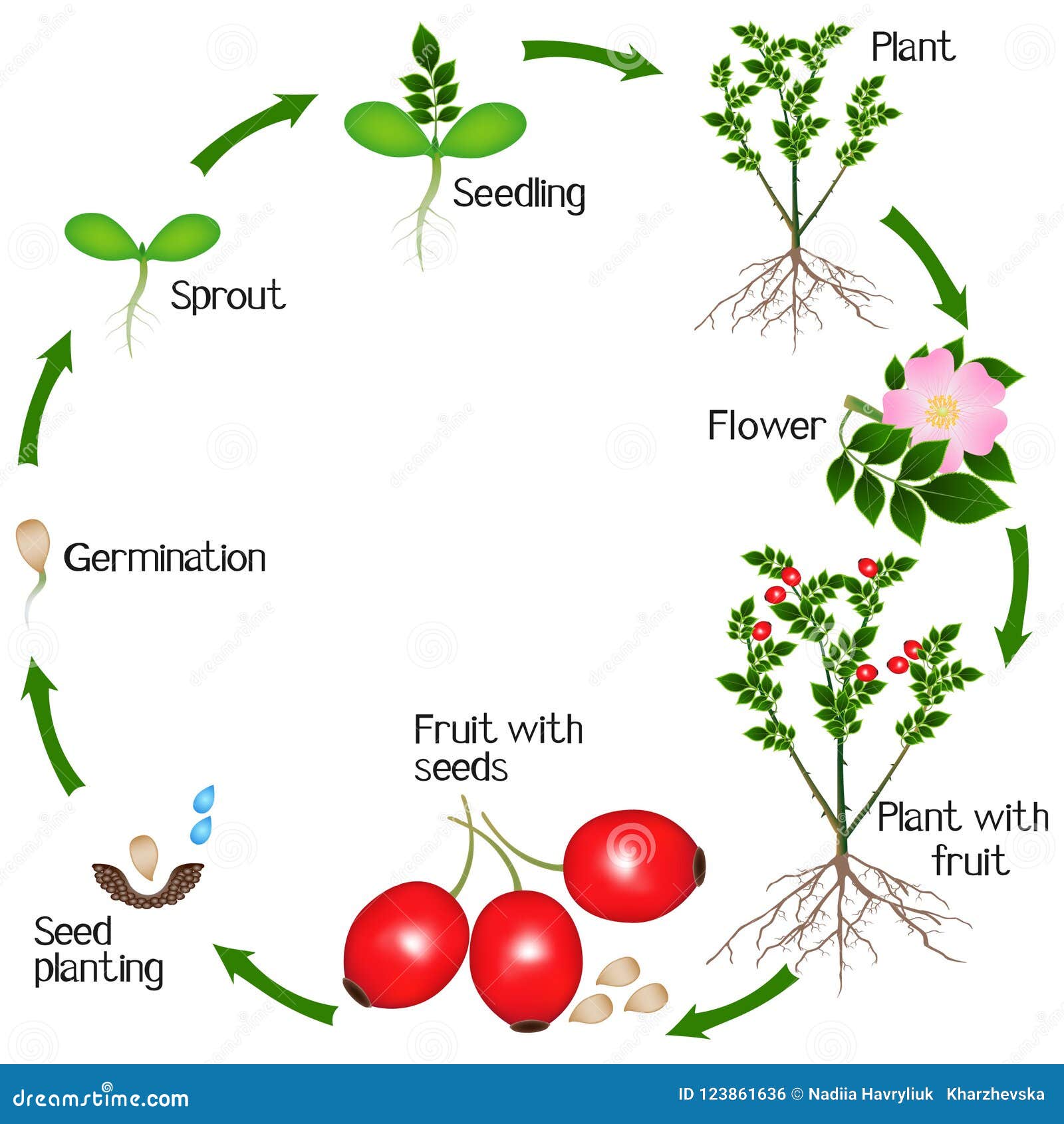
Life Cycle Of A Rose Plant – Source mavink.com
The History and Myth of the Rose
Roses have captivated humans for centuries, with a rich history and mythology. In ancient Greece, the rose was associated with the goddess Aphrodite, symbolizing love and beauty.
The Romans believed that roses had healing properties and used them in medicine and cosmetics. In the Middle Ages, roses were grown in monastery gardens and used for decorative purposes.
Today, roses are one of the most popular flowers in the world, enjoyed for their beauty, fragrance, and symbolism.
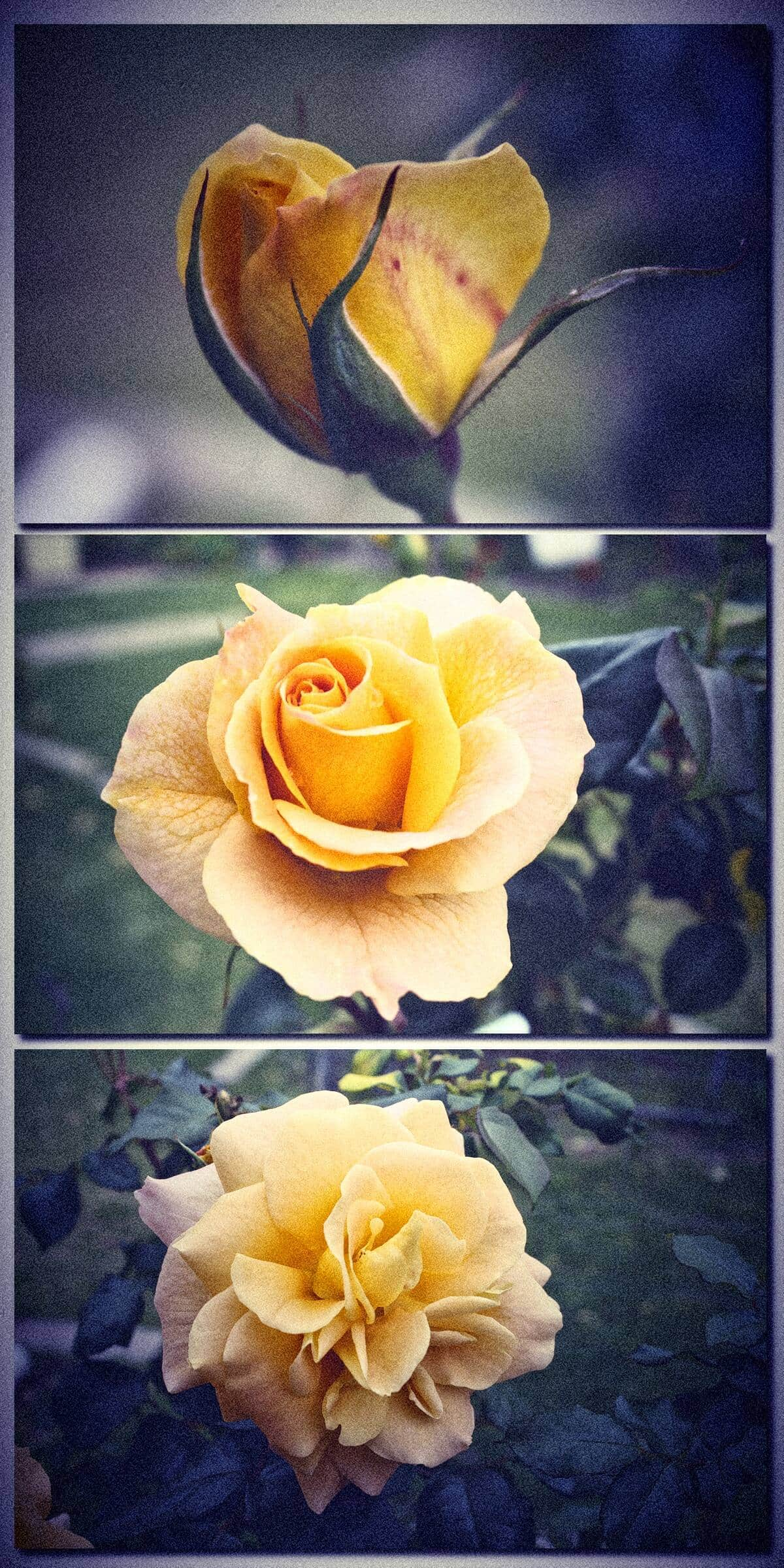
Life Cycle Rose – Corel Discovery Center – Source learn.corel.com
The Hidden Secrets of the Rose
Beyond their beauty, roses hold some intriguing secrets.
The color of a rose is determined by the presence of pigments called anthocyanins. The pH level of the soil can also affect the color, with acidic soil producing bluer roses and alkaline soil producing pinker roses.
Roses also have a remarkable ability to communicate with each other. They release volatile compounds that can attract pollinators, repel pests, and even warn other roses of potential threats.
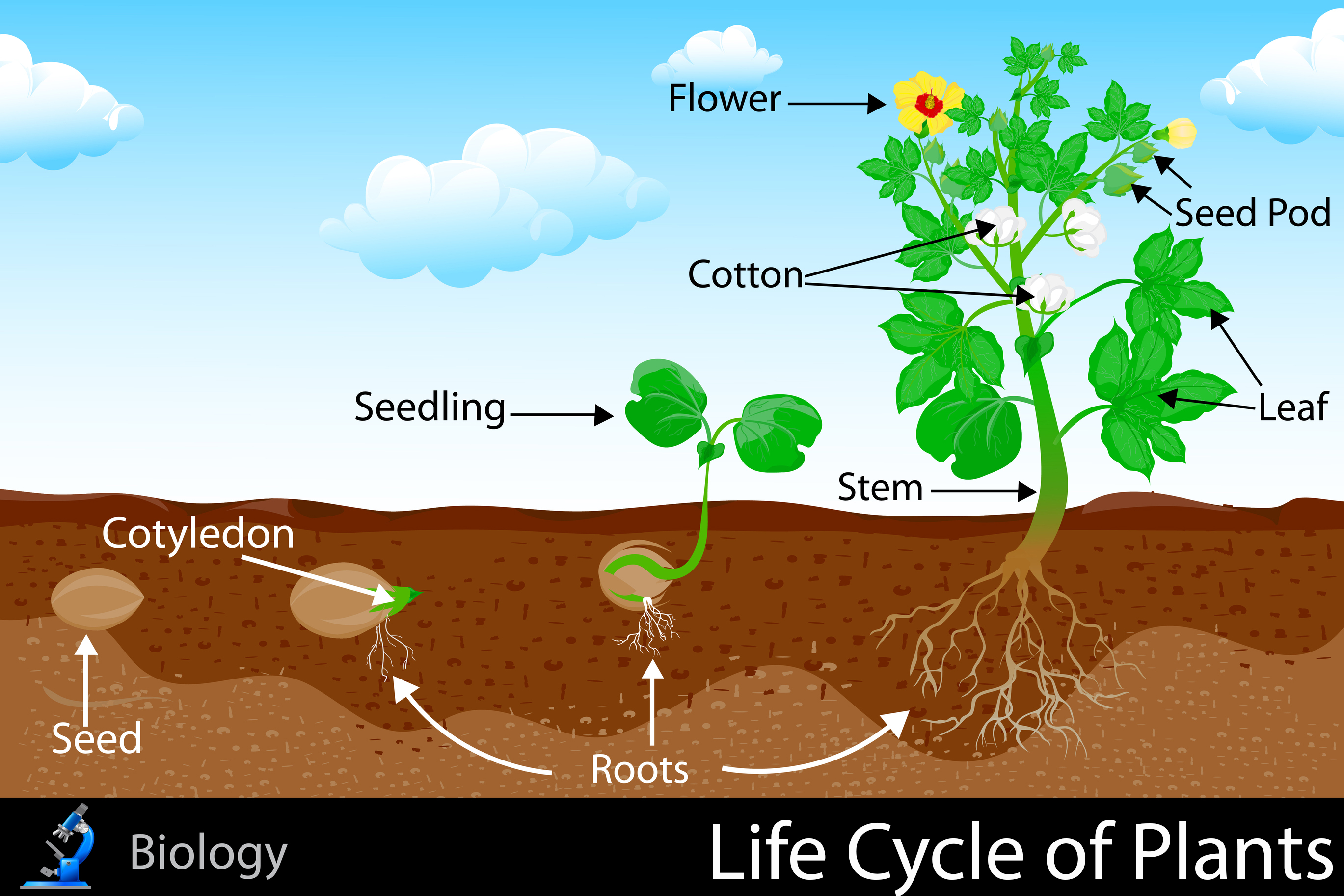
Life Cycle Of A Plant – Source animalia-life.club
Tips for Growing Beautiful Roses
To nurture healthy and vibrant roses, follow these tips:
Choose a variety that is suitable for your climate and soil conditions.
Plant your roses in a location that receives at least six hours of sunlight per day.
Water your roses regularly, especially during hot and dry weather.
Fertilize your roses monthly with a balanced fertilizer.
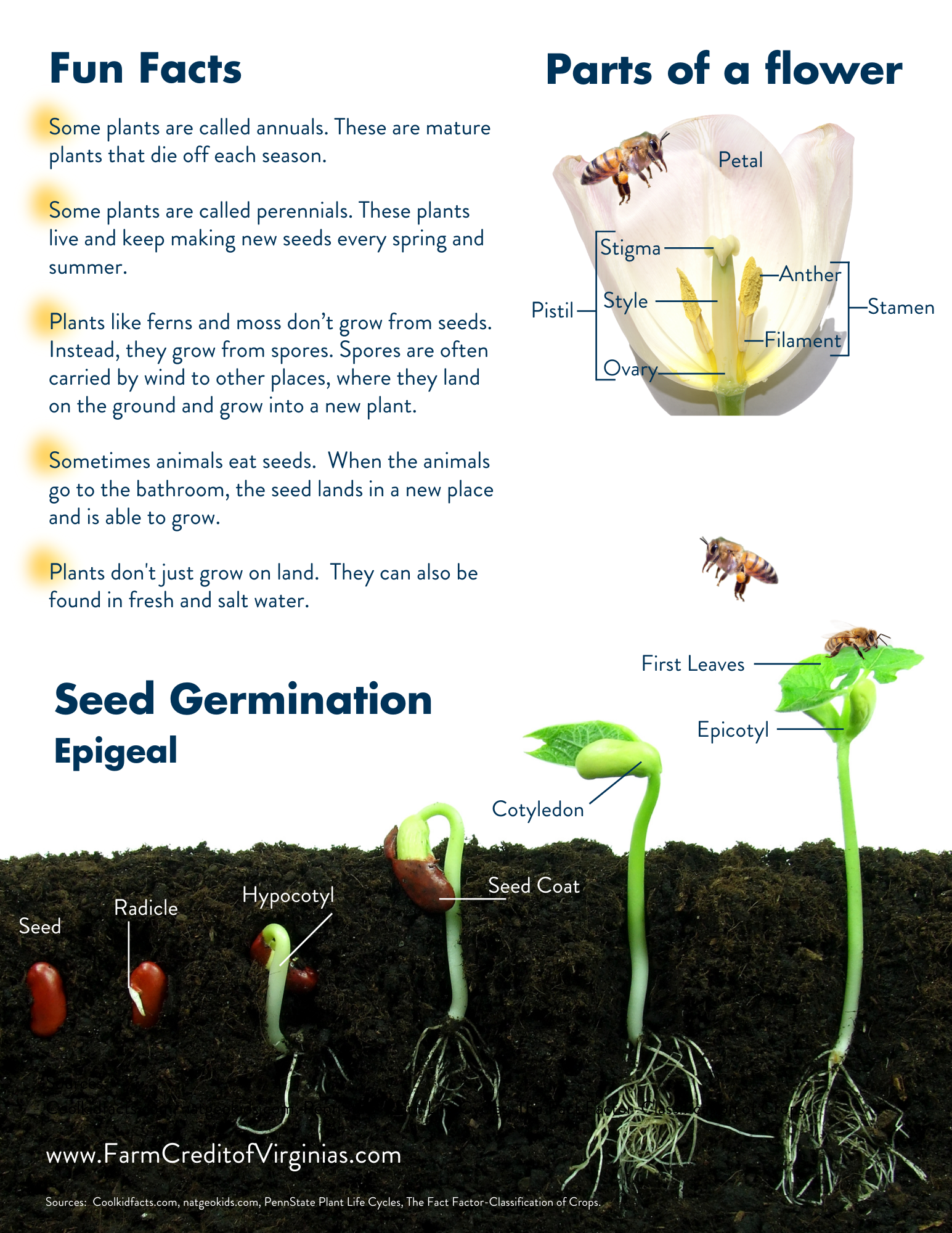
Life Cycle of a Plant | Farm Credit of the Virginias – Source www.farmcreditofvirginias.com
The Life Cycle of a Rose Plant: Month by Month
Here is a breakdown of the life cycle of a rose plant month by month:
January: Dormant period.
February: Pruning time.
March: New growth emerges.
April: Flowering begins.
May: Peak blooming period.
June: Deadheading and fertilizing.
July: Hot weather maintenance.
August: Summer dormancy.
September: New growth and flowering.
October: Fall fertilization and preparing for winter.
November: Dormant period begins.
December: Winter protection.
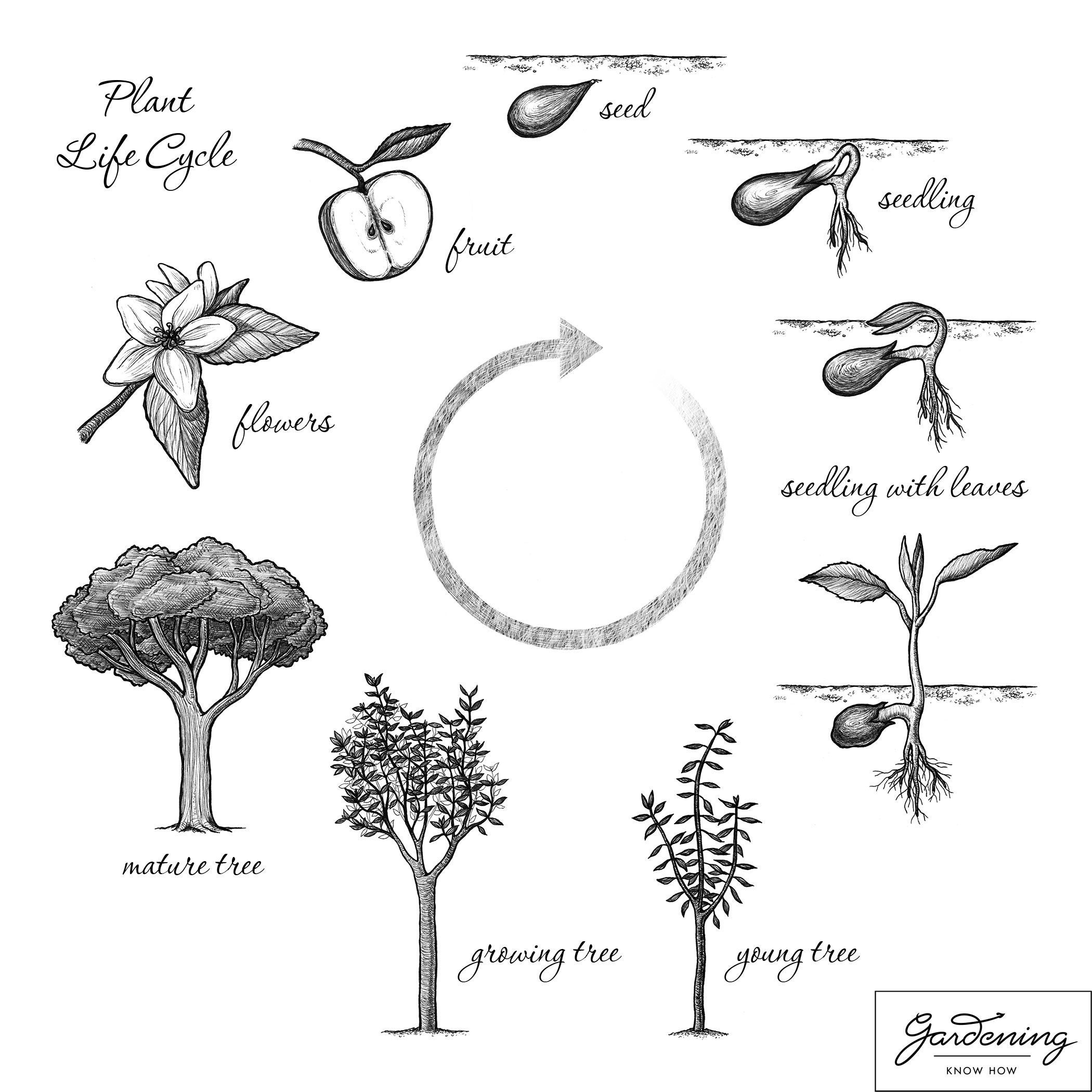
Jade Plant Life Cycle – Source mavink.com
Fun Facts about Roses
Did you know?
The Guinness World Record for the largest rose bush is held by a plant in Tombstone, Arizona, which spans over 8,000 square feet.
The oldest known living rose bush is located in Hildesheim, Germany, and is estimated to be over 1,000 years old.
Roses are edible, and their petals can be used in teas, jams, and salads.
.png)
Stages Of A Plant Life Cycle – Source mungfali.com
The Importance of Roses
Roses play a significant role in our lives, beyond their aesthetic beauty.
Roses are used in food, medicine, and cosmetics.
Roses are symbols of love, friendship, and hope.
Roses are cultivated for commercial purposes, such as cut flowers and rose oil.

Life Cycle Of Seed – Source mavink.com
Question and Answer
Q: How long does it take for a rose to grow from seed to bloom?
A: Typically, it takes about 2-3 years for a rose plant to grow from seed to bloom.
Q: What are the different stages of the life cycle of a rose plant?
A: Germination, seedling stage, vegetative growth, flowering, and dormancy.
Q: How can I encourage my rose plant to produce more blooms?
A: Regular pruning, fertilization, and deadheading spent blooms can promote more flowering.
Q: Why are my rose leaves turning yellow?
A: Yellowing leaves can indicate nutrient deficiency or other environmental stress factors.
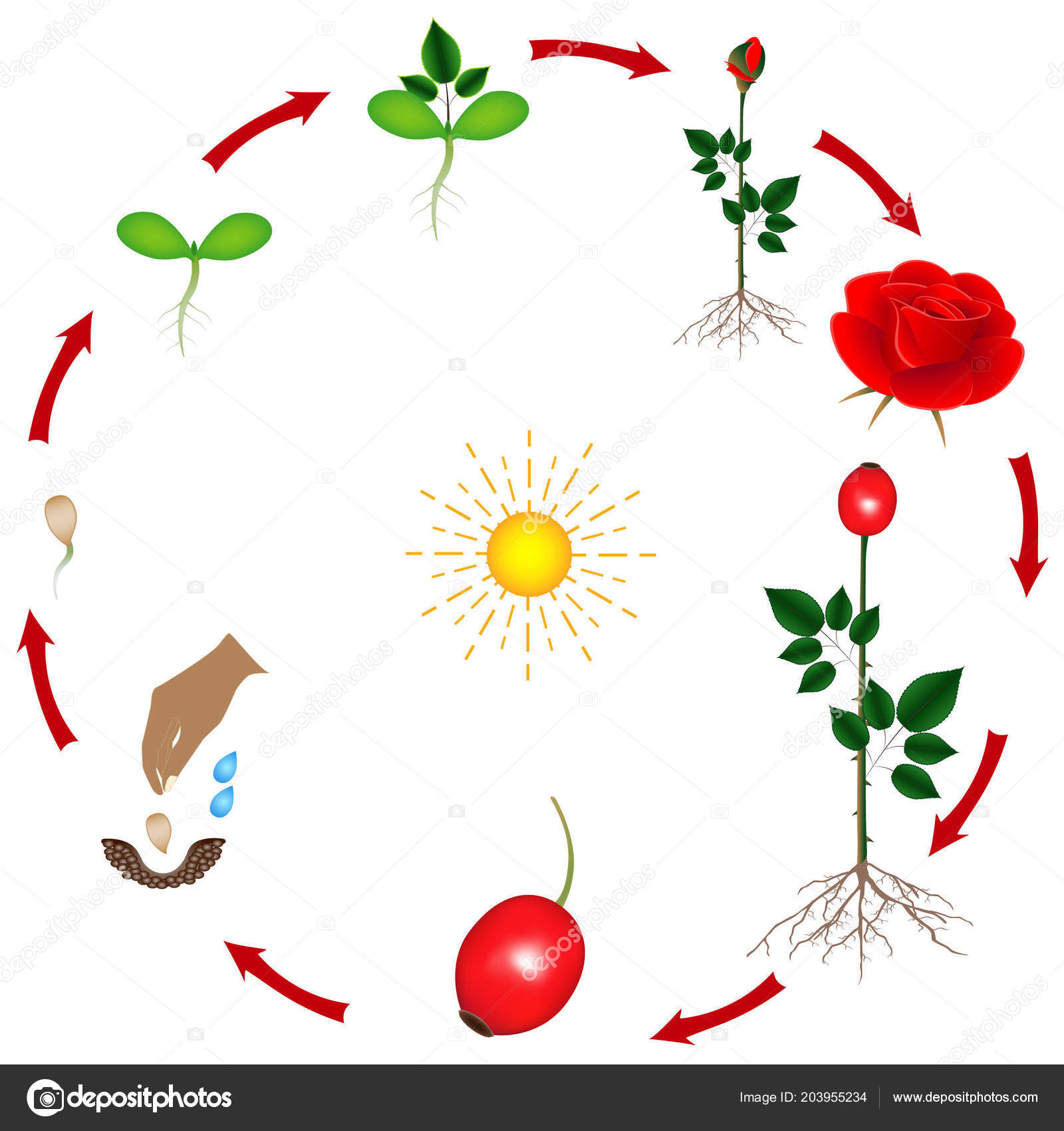
asebomma.blogg.se – Life cycle of a rose diagram – Source asebomma.blogg.se
Conclusion of The Life Cycle Of A Rose Plant: From Seed To Bloom
The life cycle of a rose plant is a fascinating journey that showcases the resilience and beauty of nature. By understanding each stage, you can provide the best care for your roses and enjoy their blooms season after season.